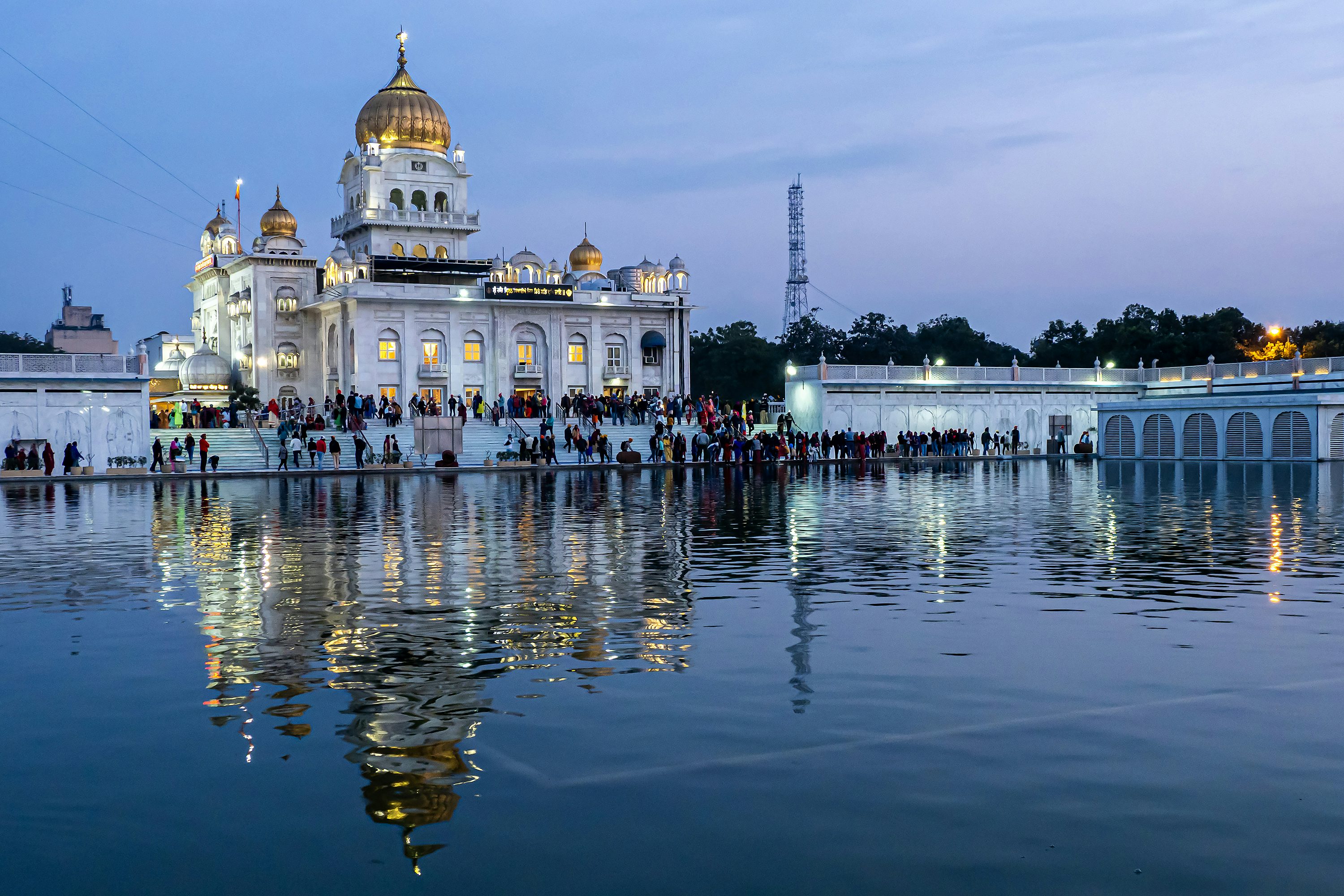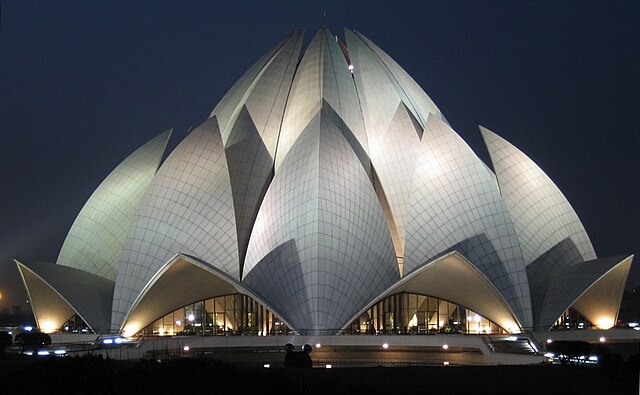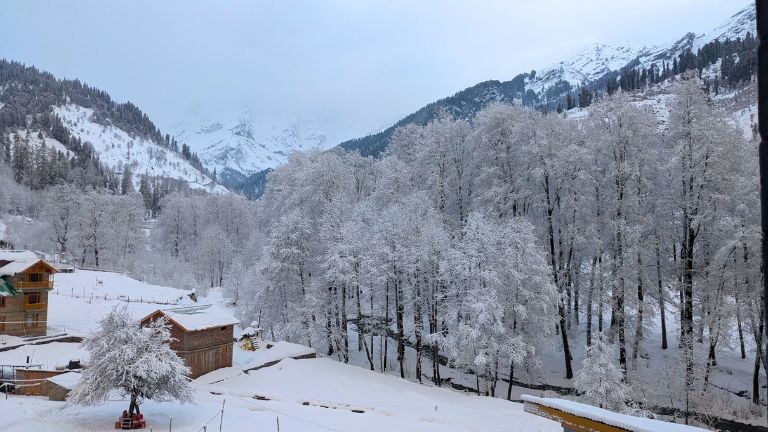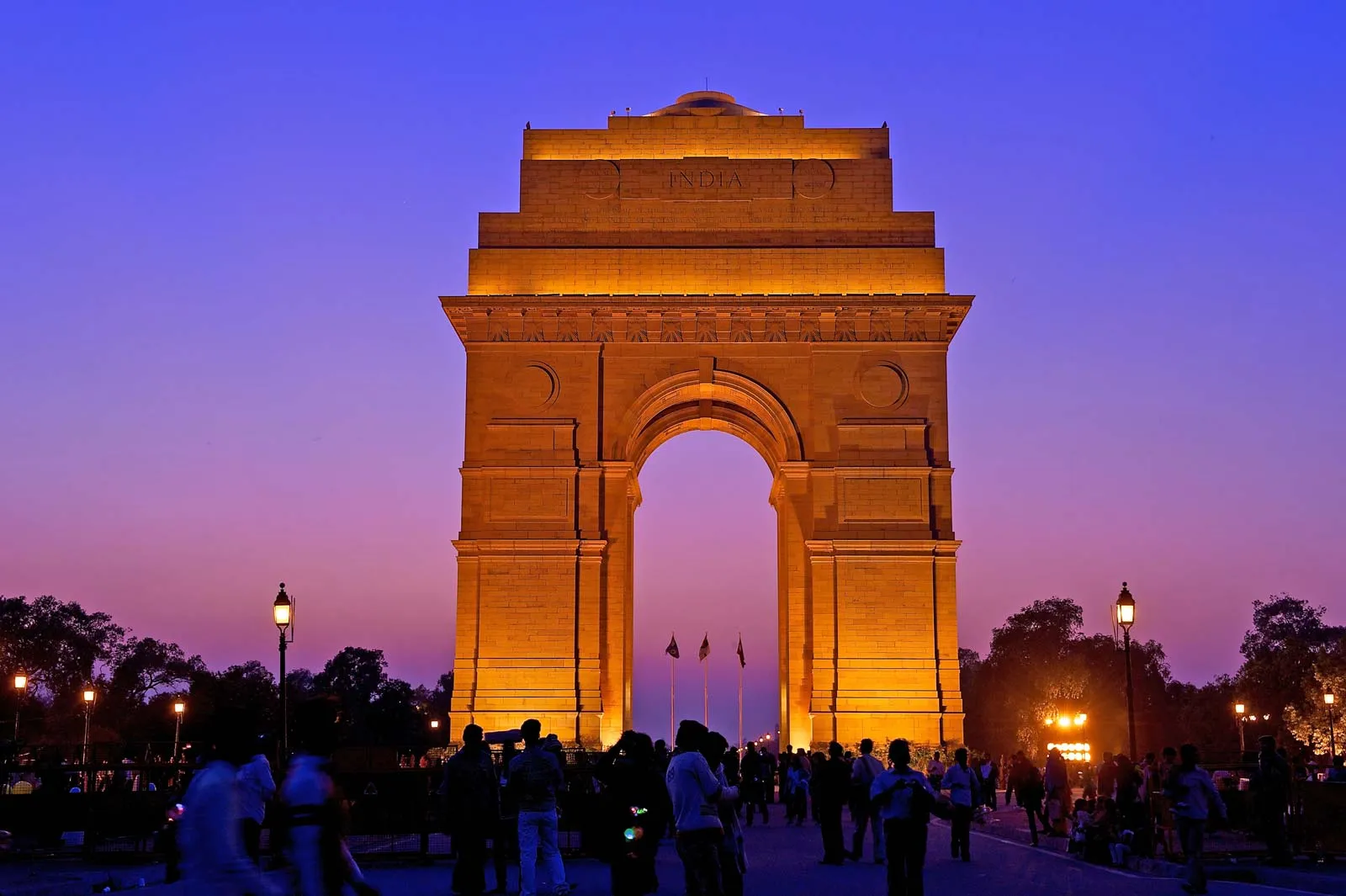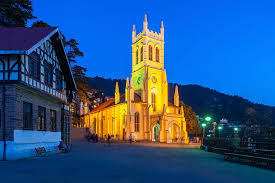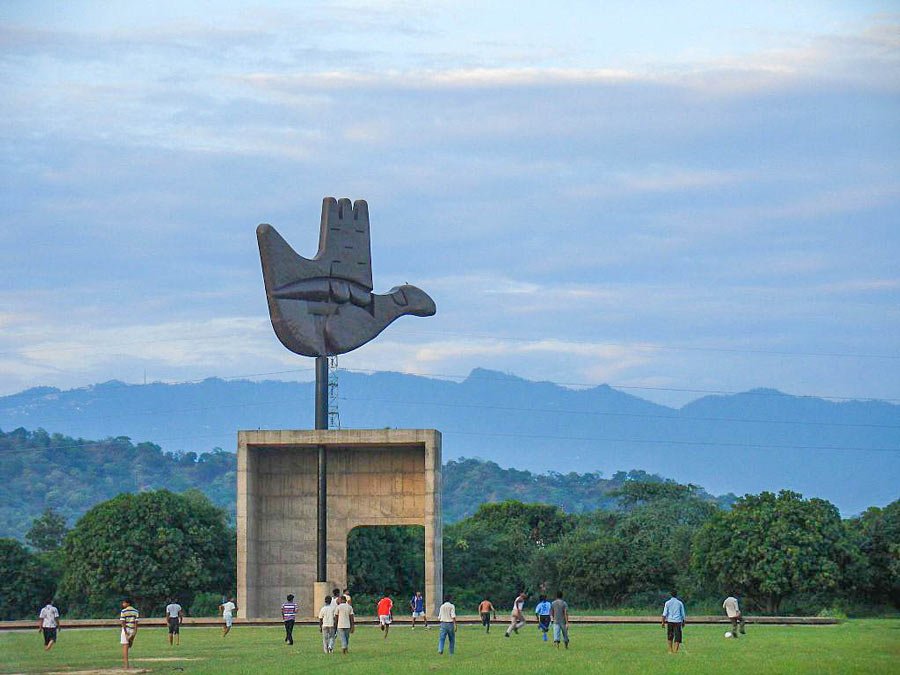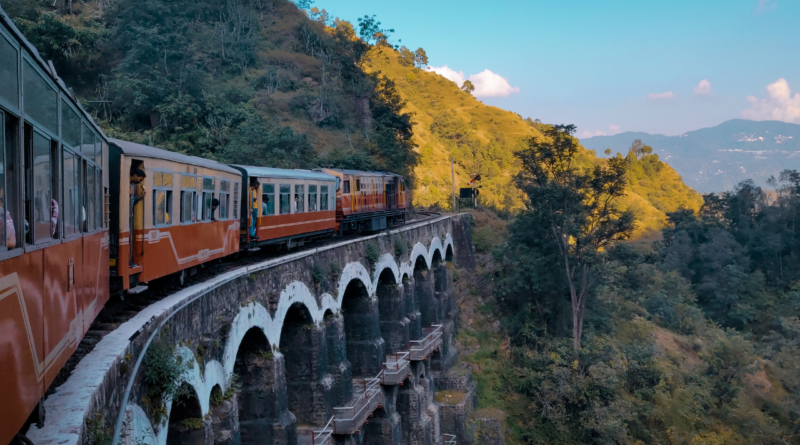Explore the Beauty of Delhi
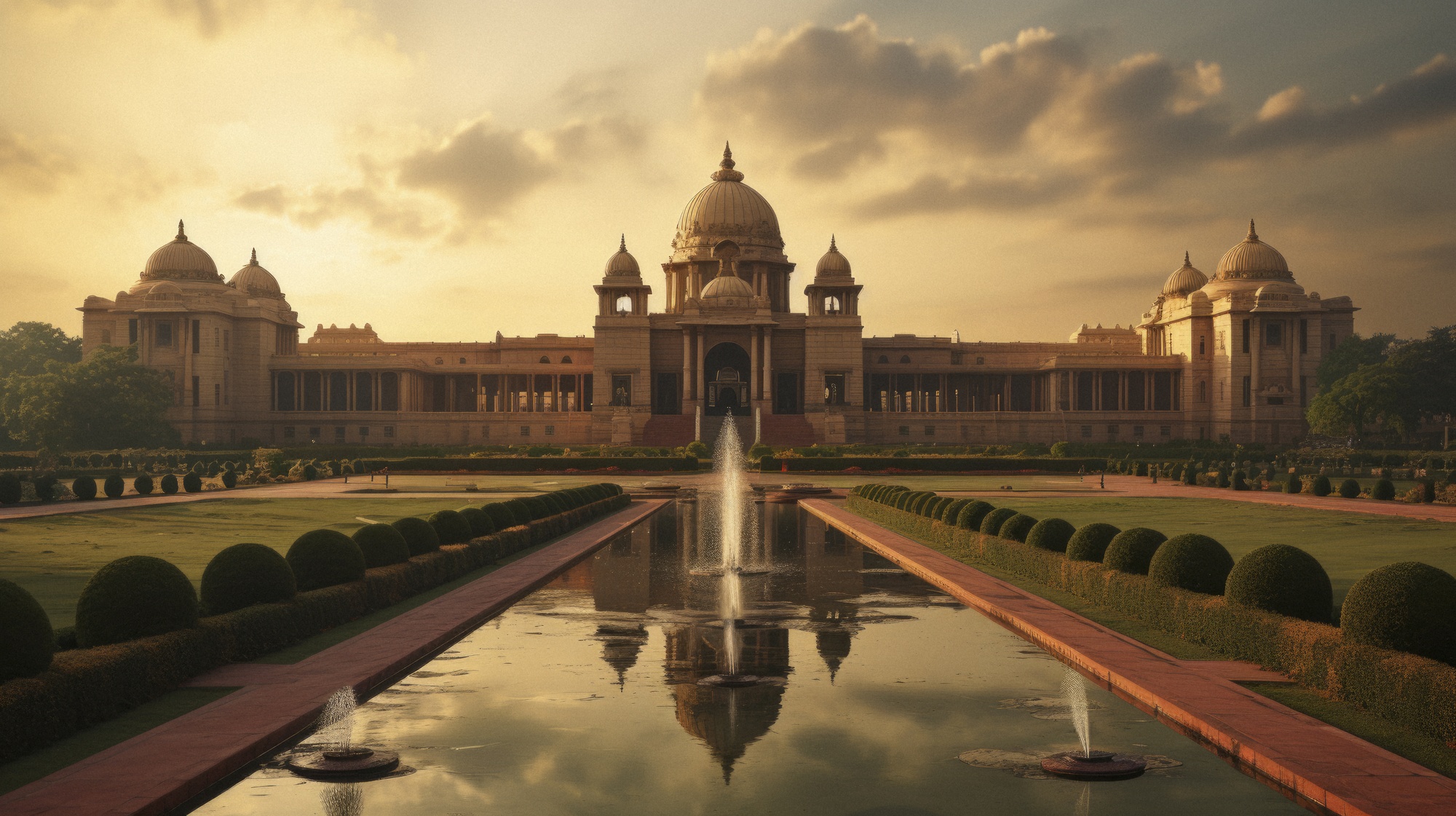
Red Fort
The Red Fort, located in Delhi, is a magnificent symbol of India's Mughal heritage. Constructed by Emperor Shah Jahan between 1638 and 1648, this grand fortress is known for its stunning red sandstone architecture. Once the residence of Mughal emperors, it features exquisite designs, including elaborate gardens, courtyards, and elegant palaces. The fort holds great historical significance and remains an iconic landmark of India's past, serving as a symbol of power, culture, and art
India Gate
India Gate is one of Delhi's most iconic landmarks, standing as a solemn tribute to the soldiers who laid down their lives during the First World War and subsequent conflicts. Located along the Rajpath, the grand arch, designed by Sir Edwin Lutyens, rises to a height of 42 meters and is made of sandstone. Its striking presence against the skyline is a symbol of sacrifice and valor. The eternal flame of the Amar Jawan Jyoti, lit in honor of the unknown soldier, burns beneath its arch. India Gate is not just a memorial but a place of national pride, drawing both reverence and admiration from people across the world
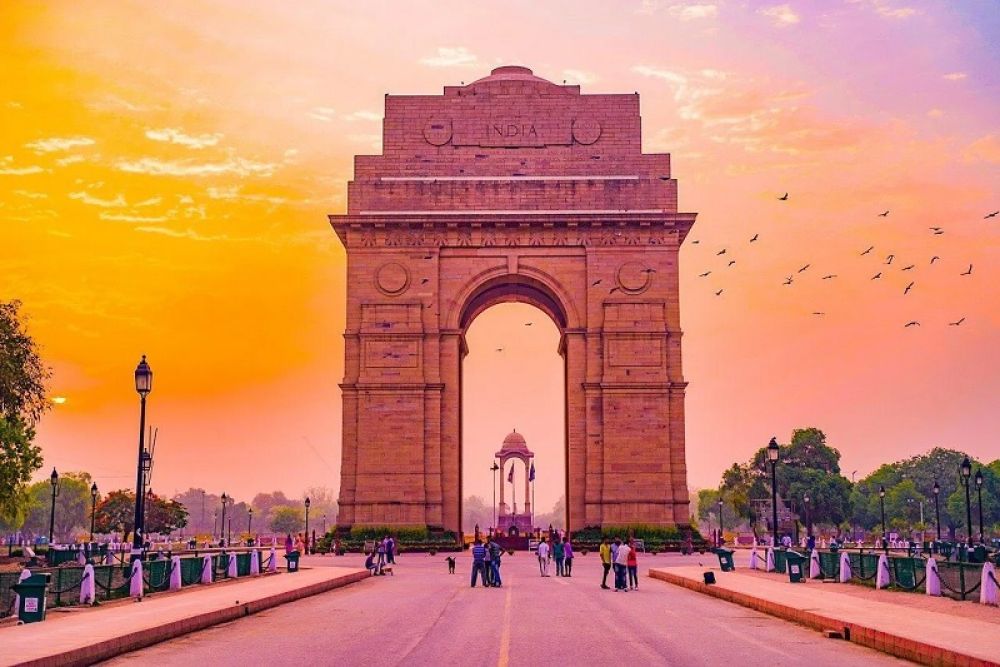
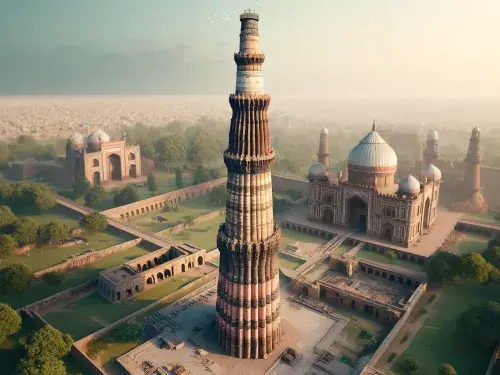
Qutub Minar
The Qutub Minar, one of Delhi's most famous landmarks, stands as a stunning example of medieval Indo-Islamic architecture. At 73 meters tall, it was built in the 12th century by Qutb-ud-Din Aibak to commemorate the triumph of Islam in India. Its intricate carvings, verses from the Quran, and delicate floral patterns decorate its five stories. The Qutub Minar is not only a symbol of architectural mastery but also a historical marker, signifying the cultural fusion of India’s past. Surrounded by ancient ruins, it remains a significant part of India's heritage and a popular destination for visitors
Gurudwara Bangla Sahib
Gurudwara Bangla Sahib, situated near Connaught Place in Delhi, is a prominent Sikh place of worship and one of the city's most visited religious sites. It is believed to be the spot where Guru Har Krishan, the eighth Sikh Guru, cured the sick during his stay in the 17th century. The Gurudwara is known for its striking golden dome and its peaceful ambiance, offering a refuge from the city's hustle. The sacred tank, known as the "Amrit Sarovar," is central to the complex, where devotees bathe for spiritual purification. The Gurudwara also runs a massive langar service, providing free meals to thousands, embodying the Sikh principles of equality, humility, and selfless service.
